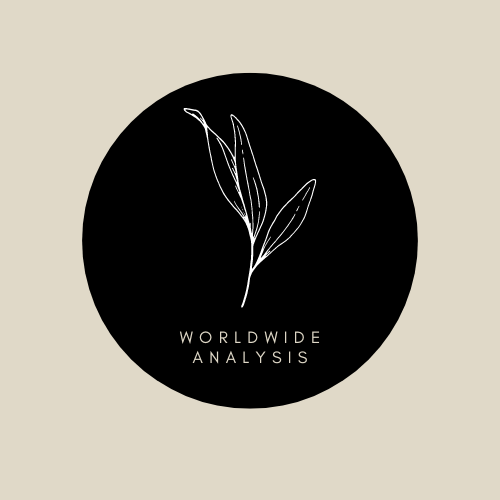The value of the sensor fusion market stood at USD 8,252.9 million in 2023, and this number is projected to reach USD 25,401.3 million by 2030, advancing at a CAGR of 17.6% during the projection period. This growth of the market can be credited to the increase in the demand for autonomous vehicles and improved customer electronics, the growing rate of automation in the manufacturing industry, and the rising requirement for smart home appliances.
Furthermore, since COVID-19’s devastation, the technical improvements in the healthcare industry have boosted the demand for this tech in medicinal devices too.
The Kalman filter algorithm is a mathematical tool functional in sensor fusion applications to add and further process the information attained from numerous detectors, such as magnetometers, GPS, gyroscopes, and accelerometers, to sense or screen objects and the atmosphere. It is further utilized in positioning, navigation, and control systems.
The demand for this procedure is rising in the automotive industry, precisely in GPS-empowered systems, due to its capability to add data to offer more precise forecasts of unknown values compared to individual ones made utilizing single measurement approaches.
The MEMS technology grips the greater industry share, as it is extensively used in numerous businesses globally, including healthcare, automobile, advanced manufacturing, and system navigation devices.
Microelectromechanical systems are popular for their small size, energy effectiveness, and ideal performance, after the fusion of numerous detectors into one. MEMS sensors are small-scale biases that add electrical and mechanical functionalities on a single chip, to decrease the dependency on data from individual detectors. Some kinds of MEMS-based detectors the data from which can be combined for more precise results are magnetometers, accelerometers, gyroscopes, and pressure detectors.
On the basis of offering, the Hardware category is dominating because of the rising requirement for numerous kinds of sensor components, such as communication modules, semiconductors, microcontroller units, memory modules, and time of flight (ToF) sensors.
Sensor fusion methods have the ability to integrate information from numerous sensors, thus advancing functionality and allowing intelligent and context-aware processes across an extensive variety of devices and systems, such as AR & VR applications, sensor hubs, smart home systems, and IoT gateways.
In 2023, the APAC region had the largest industry share, and its income contribution will surge at a CAGR of 18.6% during the projection period. The increasing acceptance of next-generation equipment, such as smart home appliances, smartphones, and autonomous vehicles, is propelling the regional industry.
The development is also a result of the quickly increasing rate of urbanization and industrialization, which eventually directs to the development of customer electronics and automotive businesses and their acceptance of cutting-edge technologies.



